This week, we took the opportunity to talk to PYC teacher Jared Musiker. We wanted to find out more about his journey to become a Yoga teacher, and what drew him to Forrest Yoga.
How did you get into yoga? Tell us a bit about your background.
I have been practicing yoga for more than ten years now. It was prescribed to me by a forward-thinking psychologist back in South Africa. In Pretoria, where I grew up, Yoga still is considered quite new and out there, hence my practice started off simply: pranayama, classic Hatha postures and mindfulness meditation. Directly after finishing school, I moved to Cape Town where I was hungry to try out all the styles and different approaches on offer.
What impact has yoga had on your life? How have you changed?
I feel free because of my practice. Yoga has brought me through some difficult times. It has made my mind, my body and my spirit strong but also kept me humble, always learning more. I know many teachers have very strong ideas about what is and isn’t acceptable or constitutes a practice, however, I know that each form of Yoga available today, may offer someone that opportunity to free themselves from suffering.
Why do you practice and why do you teach?
I am constantly inspired and nourished through my own practice. What happens on the mat is a reflection of what happens off the mat, and in the eyes of everyone around. It was a natural progression to want to share this experience and that’s why I started teaching in the first place. It is the highest privilege to be able to be a part of this ancient lineage and I believe I am here to serve.
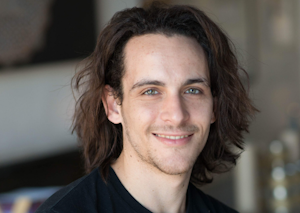
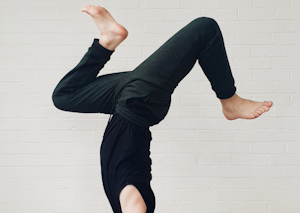
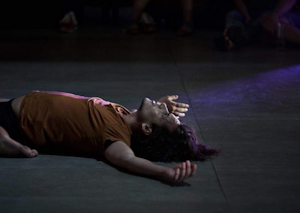
How do you want students to feel after your classes?
One only needs to look around a city like London, to see how many people are struggling. It is written all over their faces. My wish is to reignite the hearts of those who come to my classes. That they may find inspiration within the potential of their own bodies, as well as the inner courage and strength to walk in the direction of dreams.
What drew you to Forrest Yoga?
The Daoists say that birds do not fly, they flap their wings but are carried by the wind. I follow my intention and intuitions in life, I found myself in my first Forrest class by accident. It was intense, my entire body was awake and I could feel every single part working. I knew I had stumbled into something truly exceptional, some time later, I was fortunate to complete Ana Forrest and Jose Calarco’s advanced teacher training, and I discovered a part of myself I never know existed. I continue to be so inspired by Ana, her remarkable story and her extraordinary practice; she is truly a gift to contemporary yoga.
Did you find it easy to connect to spirit in your own practice? Do you have any advice for students who are looking to explore/deepen this aspect of their practice?
Our relationship with ourselves is the key here. It is our own responsibility to make our minds and bodies into a suitable place for our individual spirit to inhabit. If our bodies are unhealthy, full of malaise, or our minds haunted by negativity, it can be difficult to get a sense of the part of us that is truly alive and that happens. My advice is to start off by feeling the heart beating, and just keeping the focus onto one’s vital functions; that rhythm serves as a natural reminder and it stays with us.
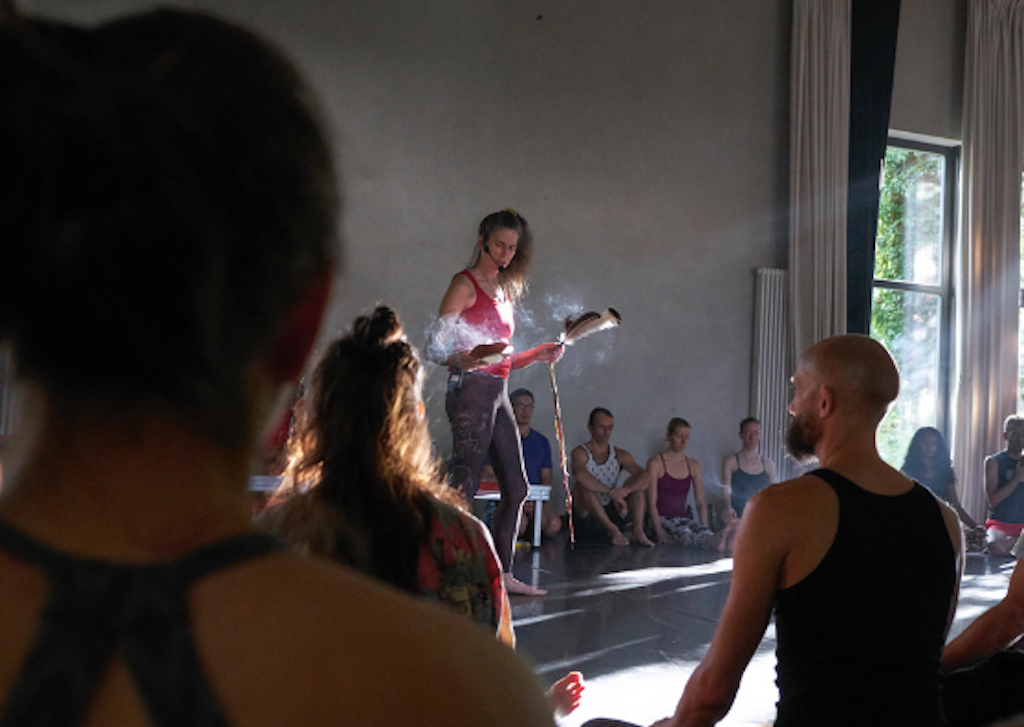
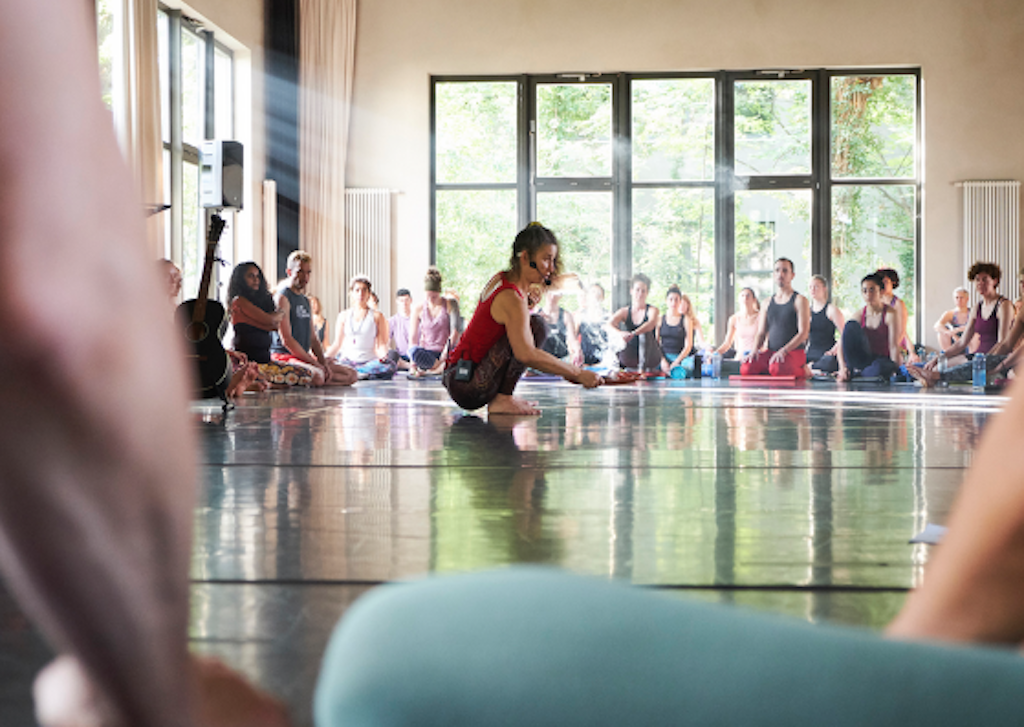
What sets Forrest Yoga apart from other yoga lineages?
I would describe Forrest Yoga as a bridge between the ‘orthodox’ practices like Ashtanga, Sivananda, and Iyengar (with whom she studied), with indigenous healing systems such as Native American medicinal practices. Ana Forrest has also engineered the practice for the needs of the 21st Century, such as definite emphasis on strength in the core, ease in the neck, and the use of props and modifications. Expect lots of long holds, upside-down work, and a well-rounded practice of restorative healing relaxation poses as well.
Can you tell us a bit more about the role ceremony, drumming and chanting play in Forrest Yoga?
An essential aspect of Forrest Yoga is a sense of community and support, much like the Eastern concept of Sangha. Ana Forrest talks about mending the “Hoop of the People,” which draws from a Native American legend about returning to living in harmony with nature and each other. As much as Forrest Yoga is about healing the self, it is as much a part of bringing together community and reconnecting with nature.
If students do not feel particularly drawn to these aspects, can they still practice Forrest Yoga?
This is a practice for everyone and anyone. Even if students prefer to come solely for learning powerful arm balancing techniques and toning their abs, bums, and thighs in a connected way, they are more than welcome. Even then, who doesn’t like connecting with Nature these days anyway?
After attending one of your workshops, what do you hope students come away with?
I wish for my students to feel confident in what they have learnt, that they may understand all the aspects that enrich their individual practices and the freedom to disregard what does not.
Do you have any recommended yoga reading?
Plenty, I am quite the bookworm:
- “Fierce Medicine” by Ana Forrest
- “Eastern Body, Western Mind” by Anodea Judith
- “The Art of Vinyasa” by Richard Freeman
- “The Heart of Yoga: Developing a Personal Practice” by T.K.V. Desikachar